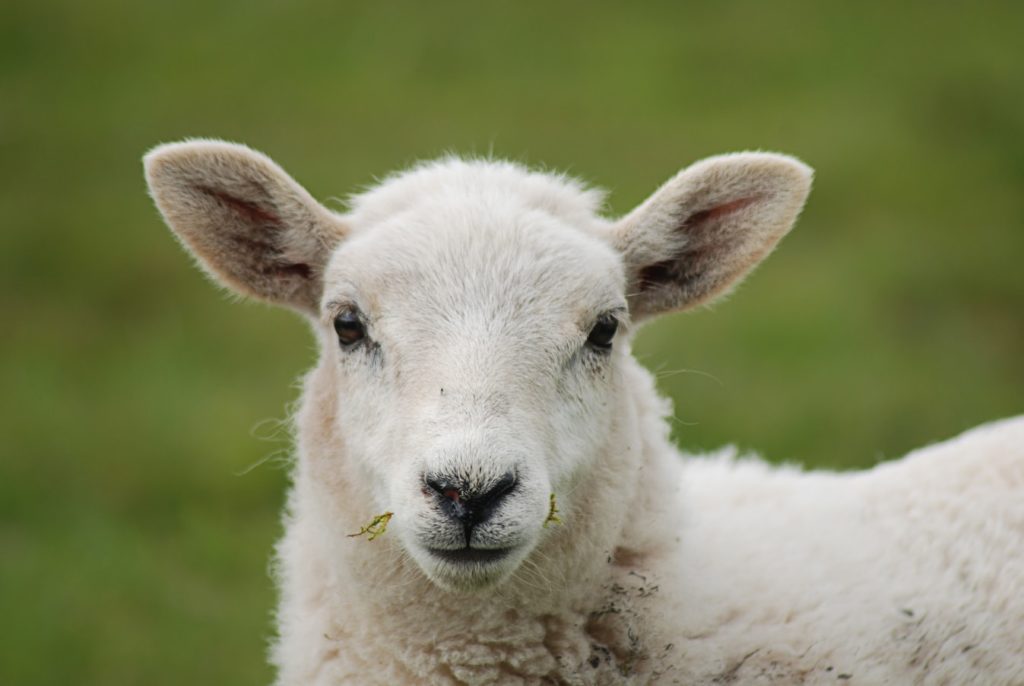Autumn Lamb Health
26 August 2020The top four most commonly diagnosed conditions in lambs during autumn are systemic pasteurellosis, parasitic gastroenteritis (PGE), acute fluke and cobalt deficiency (pine), which can often be found together.
Pasteurellosis
There are two main types of pasteurellosis – pneumonic and systemic, with the latter being the most common diagnosis in 4 – 9-month-old lambs between September and December. Systemic pasteurellosis can be caused by Bibersteinia trehalosi, a bacterium that is found in the tonsils of healthy sheep but causes disease when the animals are stressed. Such stress can be caused by recent transport, mixing of groups, weaning, a diet change or the weather, particularly when it is cold and wet. Affected lambs are lethargic, in appetent, and have a fever but are often found dead due to septicaemia. Diagnosis is only possible through a post mortem examination. The disease can be prevented by vaccines which are available in conjunction with clostridial vaccines but it is essential that the full course is administered according to the data sheet for complete protection and in good time prior to the period of risk.
Parasitic gastroenteritis (PGE) and acute fluke
While peak PGE infections usually occur in mid-summer, mild and wet conditions in autumn can extend the season. Trichostrongylosis is often seen in lambs during autumn and early winter, with affected individuals characterised by weight loss, inappetence and have dark, foul-smelling diarrhoea. In some areas Nematodirus battus infections can also be seen in the autumn. Grazing “dirty” pasture (fields grazed by ewes or lambs earlier in the season) poses a high risk of PGE. Good grazing management, faecal worm egg counts (FECs) and targeted selective treatment (TST) can help with control. Selection of anthelmintic treatments should be guided by farm history and the worm species causing disease and administered appropriately.
Acute fluke is caused by the immature Fasciola hepatica fluke migrating from the gastrointestinal tract to the liver approximately three weeks after ingestion. If there is a high enough burden, the liver can rupture leading to acute haemorrhage and sudden deaths. and predisposes individuals to clostridial disease, particularly black disease (Clostridium novyi). The disease is commonly seen between August and October but changing weather patterns has seen earlier reports. Unfortunately, many of the available diagnostic tests are not suitable for diagnosis of acute fluke and many affected individuals die suddenly. Triclabendazole is the only effective treatment but resistance is becoming a problem in some areas.
Further guidance is available from SCOPS
Cobalt deficiency
Cobalt deficiency (also known as pine) is another common condition seen in lambs during late summer to early autumn, especially in geographical areas where cobalt is deficient in the soil. Cobalt is essential for the manufacture of vitamin B12 by rumen microbes. Pine is characterised by ill-thriven, lethargic lambs with poor quality open fleeces despite good planes of nutrition. It is often seen in conjunction with PGE as the diarrhoea affects the absorption of cobalt. Blood samples or liver biopsies can be used for diagnosis but often the response (improved growth rates) to supplementation with injectable vitamin B12 or cobalt drenches and boluses is used for confirmation.
For further information contact your vet or Suitably Qualified Person.
Laura Henderson, Laura.henderson@sac.co.uk
Sign up to the FAS newsletter
Receive updates on news, events and publications from Scotland’s Farm Advisory Service

